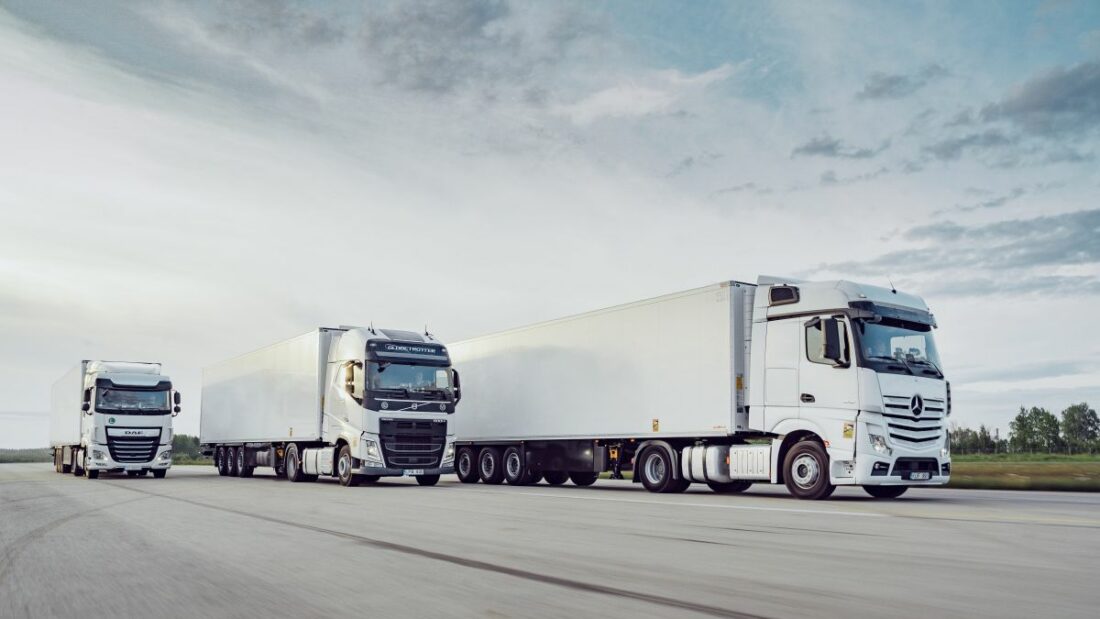According to a recent digital publication by the magazine Todo Transporte (September 26, 2025), the freight transport market has entered a new phase characterized by slower volume growth and increasing geopolitical uncertainty. The key to success, the publication notes, will lie in companies’ ability to maintain balance by constantly analyzing the market.
The first warning sign is a potential overheating of the European market. Tomáš Šilinikas, Regional Sales and Pricing Director at Girteka Logistics, explains it clearly: “This indicates that demand is increasing, which is also confirmed by rising spot shipping prices… We are now operating near our maximum capacity.” This dynamism, however, rests on a fragile foundation.
This growth is mainly driven by a moderate recovery in European domestic consumption, while exports have moderated. On this point, Šilinikas adds: “The Purchasing Managers’ Index (PMI) has reached 51 points… This suggests that… the engine of growth is domestic consumption. And the increase in consumption, combined with the persistent driver shortage… inevitably leads to a shortage of available capacity.”
Uncertainty is exacerbated by geopolitical factors, such as trade tariffs. The relationship with China poses an additional challenge to European industrial competitiveness. EU measures, such as the “Green Deal” and tariffs on Chinese electric vehicles, create doubts about future trade flows. “If the tariffs succeed in curbing Chinese imports, it could increase domestic production, changing the demand for transport. Conversely… it could force European manufacturers to reduce their production,” notes the Girteka expert.
Faced with this volatility, the strategic dilemma for companies is whether to opt for the stability of long-term contracts or the higher profitability of spot orders. Šilinikas advocates for a hybrid model: “Our approach is that long-term contractual commitments should ensure stability, while spot orders help to offset fluctuations… Contracts remain the backbone of a sustainable business.” A common strategy is to operate with 70-80% of the fleet under contract and the rest dedicated to the spot market.
Another critical factor already impacting operations is climate change. Heatwaves or floods disrupt routes and demand better storage conditions. “From a logistics operator’s perspective, this creates the need to focus more on cargo storage conditions… So far, these trends are difficult to measure accurately… but this problem will only become more important,” says Šilinikas.
In short, the Todo Transporte report emphasizes that forecasting six to twelve months ahead is more crucial than ever. The specialist’s conclusion summarizes the situation: “Maintaining a balance between long-term contracts and opportunities in the spot market is now essential: you need to ensure stability while maintaining enough flexibility to take advantage of attractive offers.” In such a volatile environment, adaptability will be the primary asset for transport companies.
Have any thoughts?
Share your reaction or leave a quick response — we’d love to hear what you think!





